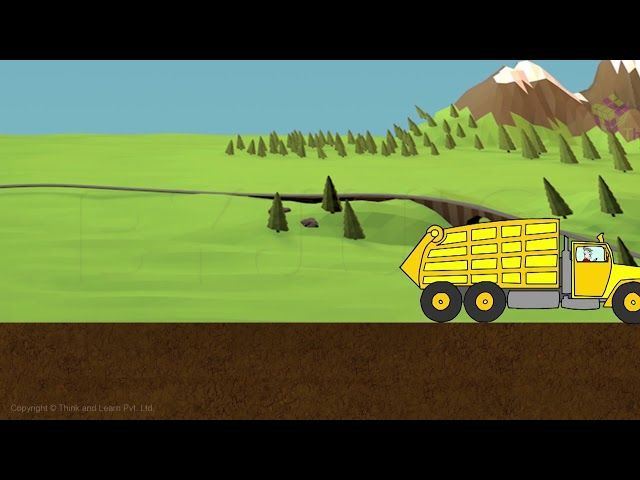Today over half of the total paper used by humans is collected and recycled. Paper is considered to be the major component of solid waste and makes up 50% of the garbage in landfills.
What do you mean by Recycling?
The process of collecting, cleaning, restoring, treating, and then converting the materials(solid waste) into new, reused or restored products.
Paper recycling refers to the decomposition and recycling of discarded paper to create new paper goods without harming trees or forests. When opposed to creating new material from raw material, recycling paper uses less energy, creates less pollution, and reduces the need for raw materials. Recycling is possible for paper that hasn’t been tainted by food or grease. Paper towels and napkins, on the other hand, are not recyclable and might be placed in compost for natural decomposition.
Table of Contents
- What is the Process of Recycling Paper?
- Here’s How The Process Of Recycling Paper Works
- Three R’s
- Applications of recycling
- Recommended Videos
- Frequently Asked Questions
What is the Process of Recycling Paper?
Paper is recycled by taking it to the recycling plant where it is separated and then the separated paper is cleaned and washed with soap to break it down. After breaking down, it is exposed to heat and after some time it breaks down into cellulose.
Recycling is an essential method to minimize waste accumulation and reduce pollution. We can recycle old newspapers, notebooks and used envelopes. Paper contaminated with food, carbon paper and stickers cannot be recycled.
Here’s How The Process Of Recycling Paper Works
- Paper is collected from different garbage bins and is accumulated in a large garbage container.
- Then the paper is taken to the recycling plant where the paper is segregated into different grades.
- Papers in different grades are then washed with soap and water to remove ink, staples, and glue. It is then mixed with water to create a slurry.
- By adding some specific materials and chemicals to the slurry, different paper products such as cardboard, office paper, etc. can be obtained.
- The slurry is then rolled into thin sheets using large rollers.
- Then the paper is exposed to heat for drying up and after that, it is cut into pieces and is made ready to use again.
Three R’s
There are three R’s to focus and maintain the environment and place clean.
- Refuse or Reduce
- Reuse
- Recycle
Applications of Paper Recycling
- Recycling is an excellent and cost-efficient way of conserving the environment and saving energy.
- One recycled bin can save enough energy to power a television for four hours. It takes 24 trees to produce one ton of paper.
- Recycled paper produces less pollution (approx 73%) as compared to preparing from raw materials.
- Recycling of used resources supports sustainable growth and must be followed religiously wherever possible so that the coming generations would have the same resources as us.
Recommended Videos

Frequently Asked Questions – FAQs
What kind of paper is recyclable?
It is possible to reuse several types of paper including white office paper, newspaper, coloured office paper, cardboard, white computer paper, magazines, catalogues, and telephone books.
Is all paper biodegradable?
Yes, almost all paper products will be biodegradable because they are made from wood pulp. Some paper products, such as plates and cups, are covered with a plastic layer designed to make them waterproof, but it will also prevent or slow down decomposition.
Can biodegradable paper be recycled?
Paper is biodegradable as it is made from plant materials and is biodegradable in most plant materials. Paper is quickly recycled and can be reused six or seven times before paper fibres become too small to be used to manufacture paper.
Is paper eco-friendly?
Many believe paper bags are more environmentally friendly than plastic bags because they are made of a renewable resource, can biodegrade and can be recycled.
Can biodegradable waste be recycled?
It is possible to reuse biodegradable or organic waste such as peels, waste meat, leaves, dead flowers and shells of eggs, which are turned into dung by burying them in compost pits. The activity of small organisms such as bacteria and fungi kill the biodegradable waste.
To follow more about recycling of paper, download BYJU’S-the learning app. Also, learn about the impact of excessive use of plastics.


Comments